It's a bit difficult to describe the taste of tea specifically because everyone's taste buds are different. The same tea can taste different to different people. For example, highly roasted Yan Cha may taste great to some people because of its charcoal aroma, while others may find it too burnt and unpalatable. Additionally, the taste of tea is related to the age of the tea tree, the production process, the growing environment, and even the weather. Therefore, it's hard to use a single accurate word to describe the taste of a particular type of tea. When drinking tea, one must trust their own senses, as others' opinions may not reflect one's own preferences. If it tastes good, then it's good, and if it doesn't, then it's not.
Wuyi Red Tea:
Red tea is a fully fermented tea, and the biggest characteristic of fully fermented tea is its mellowness. The taste of red tea is sweet, so when evaluating red tea, it is important to consider whether the water used is sweet or not. The sweetness of red tea also depends on the age of the tea tree, the degree of fermentation, and the quality of the tea. Some red teas that are not well-fermented may have strange flavors. The aroma of red tea can be classified into honey aroma, floral aroma, longan aroma, and pine smoke aroma. Red tea is relatively mild and not as strong as other teas. It's worth noting that the color of the tea soup does not necessarily indicate the quality of the tea. A golden yellow tea soup indicates a fresh and sweet taste, while a deep red tea soup indicates a mellow and sweet taste. A good red tea should have a strong aroma, sweet and smooth water, and no strange aftertaste. You can try it out - even cold red tea has a sweet taste.
Wuyi Rock Tea:
There are too many types of rock tea (over a thousand), and it is unlikely that anyone in Wuyi Mountain has tasted and fully understood all of them. Therefore, let's first focus on the two main varieties of Wuyi Rock Tea: Shui Xian and Rou Gui. Friends who are familiar with rock tea may have heard the saying that "Shui Xian is the most mellow, and Rou Gui is the most fragrant." These two varieties can be considered as representatives of the rock tea industry. In terms of production volume, these two varieties account for at least 70-80% of the total, with the remaining being other rare varieties. Each has its own distinctive characteristics, but interestingly, they also share common characteristics with other rock tea varieties. In other words, their personality contains common traits.
If you ask what rock tea tastes like, it's hard to give a clear answer. We can only provide a rough description based on the tea's growing environment and production process. The growing environment refers to the climate and soil of the tea mountains, which affect the substances in the tea tree and the resulting tea aroma. Therefore, each tea mountain has its own characteristics. It is well-known that high mountains produce good tea while low mountains have a "earthy taste." Shui Xian tea is mellow, but this mellow taste is different from that of black tea or ripe pu-erh, and is described as "clear and mellow." Shui Xian tea belongs to the arbor type, and the essential flavor of arbor tea is woody. Rou Gui tea belongs to the shrub type and is relatively fragrant, with a strong cinnamon flavor. The roasting degree of rock tea also affects its taste, with different roasting levels producing different flavors.
Zou Shui baking: After the tea leaves are stir-fried, they are roasted at a relatively light temperature, resulting in a refreshing taste and a relatively green leaf bottom, similar to the taste of fresh grass.
Medium-roasted: The leaf bottom is dark green with a hint of brown, and the aroma is relatively strong, with good floral fragrance and a pleasant aftertaste.
Fully roasted: The leaf bottom is blackish-brown, and the tea aroma is deep and stable. When fully roasted, the tea may have a charcoal flavor. After being stored for a month or two, the charcoal flavor gradually fades and the tea becomes more drinkable with a smoother taste. The floral fragrance will also transform into a fruity aroma.
When roasting rock tea, the tea aroma is not just on the surface, but it lingers at the bottom of the tea water. The more roasted the tea, the heavier the mouthfeel of the tea water, but the floral and fruity aromas will be roasted off. Charcoal roasting rock tea is definitely a skilled technique. Experienced tea masters can easily understand the characteristics of a type of tea and then adjust the roasting process accordingly. If the roasting time or temperature is not enough, or if it is roasted for too long, the tea may have odd flavors. In the Chaoshan region, the rock tea that Chaoshan people drink is relatively strong, and the amount of tea leaves used is relatively more than in other areas. Particularly for those who have been drinking rock tea for many years, they not only enjoy the strong flavor but also the charcoal aroma that comes from thorough roasting. However, for those who are not used to it, they may find it too burnt. Generally speaking, those who are new to rock tea tend to focus on the aroma, while those who have been drinking rock tea for a while pay more attention to the taste of the tea water.
In fact, fully roasted rock tea is the most delicious and the true charm of rock tea. A good rock tea should have a rocky flavor, and the tea water should have a strong body (rocky body). The smoothness of the tea water is important, and the aftertaste should be pleasant and long-lasting. The tea aroma does not need to be too strong; some teas may have a good aroma but taste bitter, which is not desirable. There is so much to say about rock tea, and these are just some initial thoughts. Some areas may not be described in detail, and many tea masters have their own opinions on tea-making, which is normal. Moreover, different varieties have different processing methods. In Wuyi Mountain, there is a saying that to make good tea, you need to observe the tea leaves, which are affected by the weather.
Tie Guan Yin:
Tie Guan Yin tea is relatively easy to understand, as there are only a few main varieties, and you can taste the differences between them by comparing. The main varieties include Guan Yin, Ben Shan, Mao Xie, and Huang Jin Gui. When drinking Tie Guan Yin, people pursue a fresh and refreshing taste, sweet tea water, and the Guan Yin rhyme. The Guan Yin rhyme is the feeling of the aftertaste that lingers in the throat and leaves a sweet aftertaste in the mouth. The growing environment and production process can also affect the Guan Yin rhyme. However, everyone's sensory perception is different, so as long as the tea is enjoyable to drink, that's what matters most.
Let's talk about the differences in production process:
Authentic Tie Guan Yin: In simple terms, it is the original flavor of Tie Guan Yin, with a relatively elegant aroma. Good quality Tie Guan Yin may have a floral fragrance similar to orchids, and the leaf bottom is yellowish-green in color. The production process of authentic Tie Guan Yin is similar to that of Xiaoqing, but the timing is slightly different. The taste is relatively clear and refreshing.
Tuo Suan Tie Guan Yin: When drinking Tuo Suan Tie Guan Yin, there may be a slight sour taste, which some people may mistake for the Guan Yin rhyme. In fact, this sour taste is only present when the fermentation time is extended. The leaf bottom of Tuo Suan Tie Guan Yin is dark green in color.
There is also charcoal-roasted Tie Guan Yin: this type of Tie Guan Yin looks different from the green Tie Guan Yin. Green Tie Guan Yin has a clear and fragrant taste, while charcoal-roasted Tie Guan Yin has a charcoal aroma. The difference between charcoal-roasted Tie Guan Yin and charcoal-roasted rock tea is that the roasting temperature of Tie Guan Yin is relatively low and slow. The aftertaste of charcoal-roasted Tie Guan Yin is also different from that of green Tie Guan Yin, with a cool sensation in the throat.
Feng Huang Dan Cong:
Feng Huang Dan Cong is a semi-fermented tea with a rich aroma. The most prominent feature of this tea is its strong aroma and long-lasting aftertaste. However, compared to rock tea, it lacks the heaviness and thickness of rock tea. But this is not a fair comparison as each tea variety has its own unique characteristics. Dan Cong also has its own rhyme, known as Shan Yun. It grows in high altitude tea mountains in the Phoenix area of Chaozhou, and the environment is known for being cool and damp. In the summer, one may need to wear long sleeves to climb the tea mountains. The unique aroma of Dan Cong can be broadly categorized as honey-scented and floral-scented (such as orchid, gardenia, peach, and almond), and the occurrence of these fragrance types is influenced by the variety and environment, as well as the withering, fermentation, and roasting processes. Light fermentation can produce floral scents, while heavy fermentation can produce honey and fruit scents. The taste of Dan Cong is sweet and refreshing, and the mouthfeel depends on the quality of the tea. Poor-quality Dan Cong tea can be bitter and astringent when brewed, no matter how fragrant it may be.
Good quality Dan Cong tea eliminates concerns about its taste, but the brewing time also needs to be well-controlled. If brewed for too long, Dan Cong tea can become very strong and slightly bitter, but not astringent. In addition to aroma and taste, the tea must also have a "tea" flavor. When drinking, one should be able to distinctly taste the tea in the throat and not be solely swayed by the fragrance. The presence of tea flavor is crucial. Personally, I prefer Dan Cong tea that is heavily roasted. As mentioned earlier when discussing rock tea, sufficient roasting can make the tea water smoother and more mellow. While lightly roasted Dan Cong tea has a strong fragrance, the tea water may not be as smooth, and improper brewing time can affect the taste. The strong aftertaste of Feng Huang Dan Cong is undeniable, and the tea leaves a sweet taste in the mouth. Overall, this tea gives me the impression of being a good tea, but it is relatively lesser-known. It used to be famous in Guangdong and Fujian provinces, especially in southern Fujian, but in recent years, its reputation has gradually spread to other regions.
Today's main topic is the above-mentioned tea varieties.
After discussing so much, it still feels incomplete. Generally, when evaluating tea, we consider aspects such as the shape and appearance of the leaves, color of the tea soup, aroma, characteristics, and taste. However, taste is subjective and may not be reflected in notes, but rather remembered by individuals. This article may provoke different opinions, and if you have your own views, please feel free to share and discuss them. I believe my understanding and knowledge of tea is far from enough, and learning about tea is a process that takes time and experience. Therefore, the production of tea is still best left to experienced tea masters. Actually, good tea is simple: clean without any strange taste, not bitter or astringent, and smooth to drink. If it feels pleasant to drink, then it is good tea.


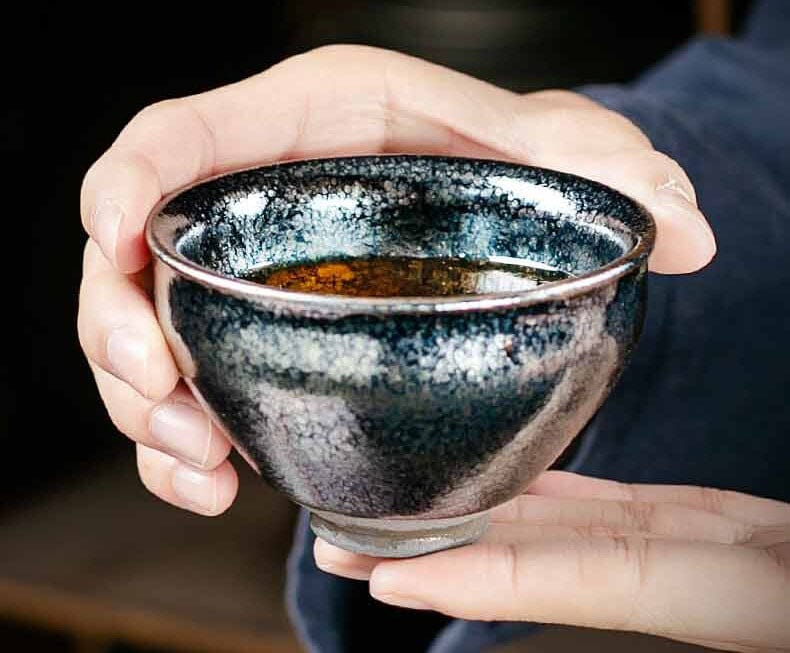
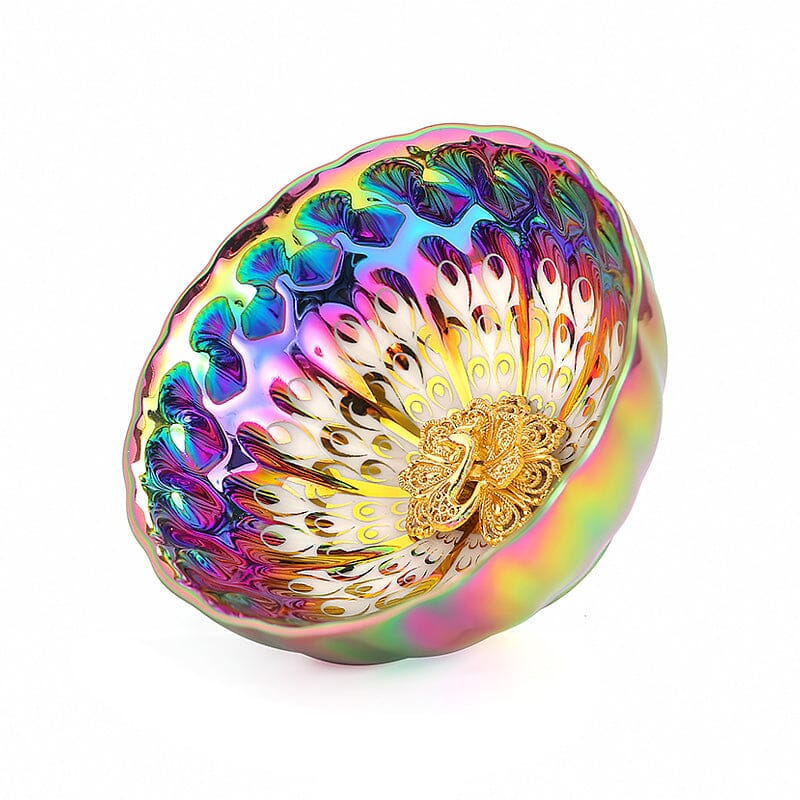
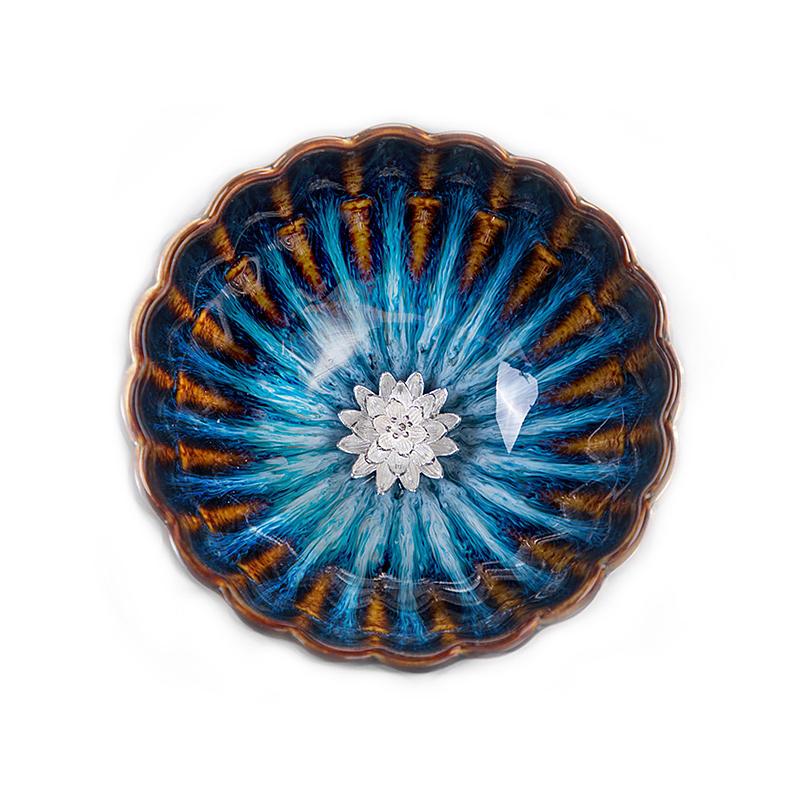
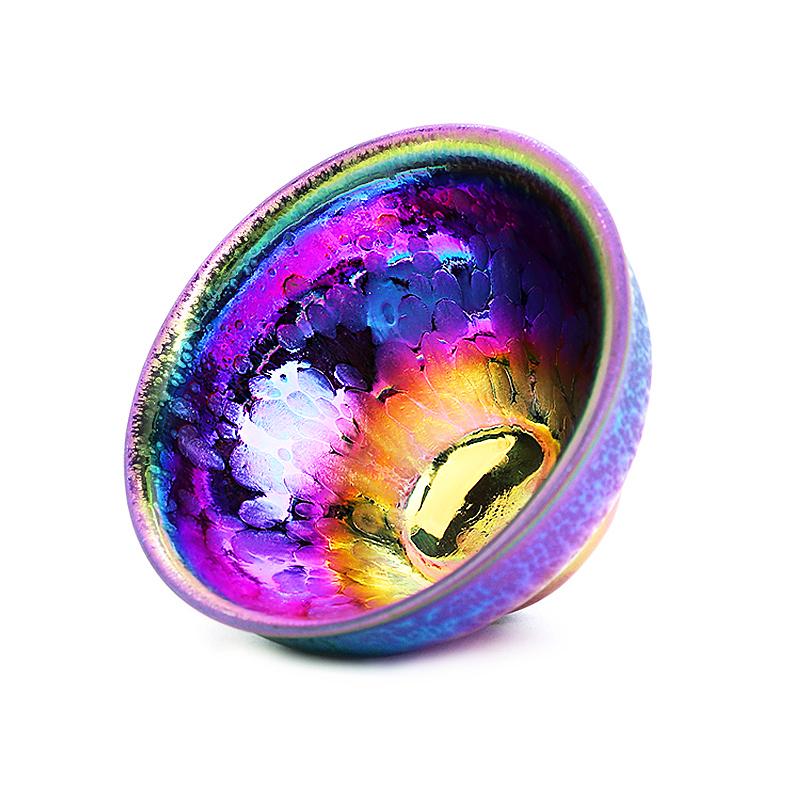
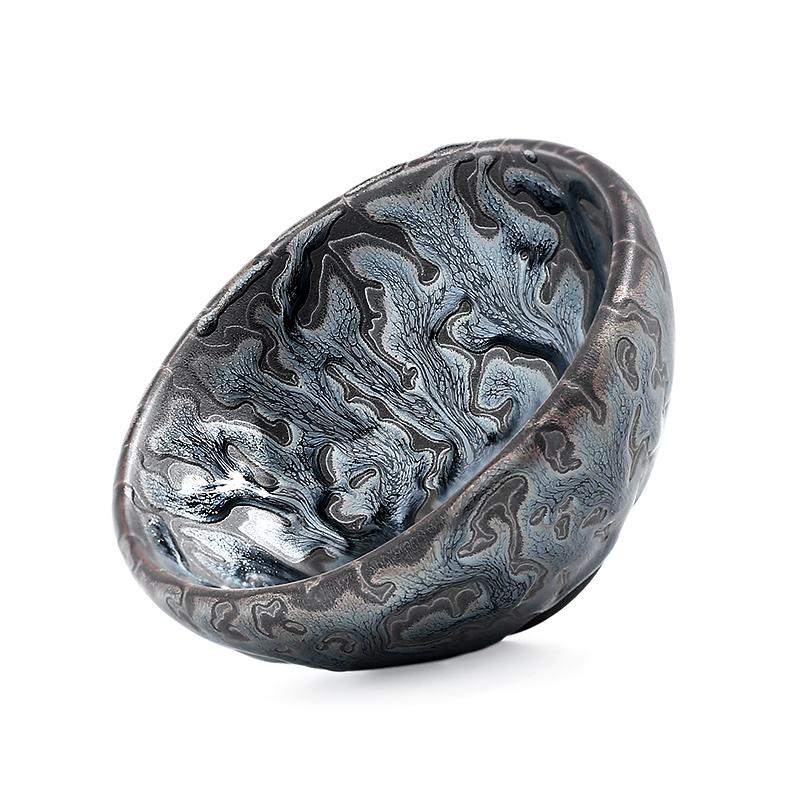
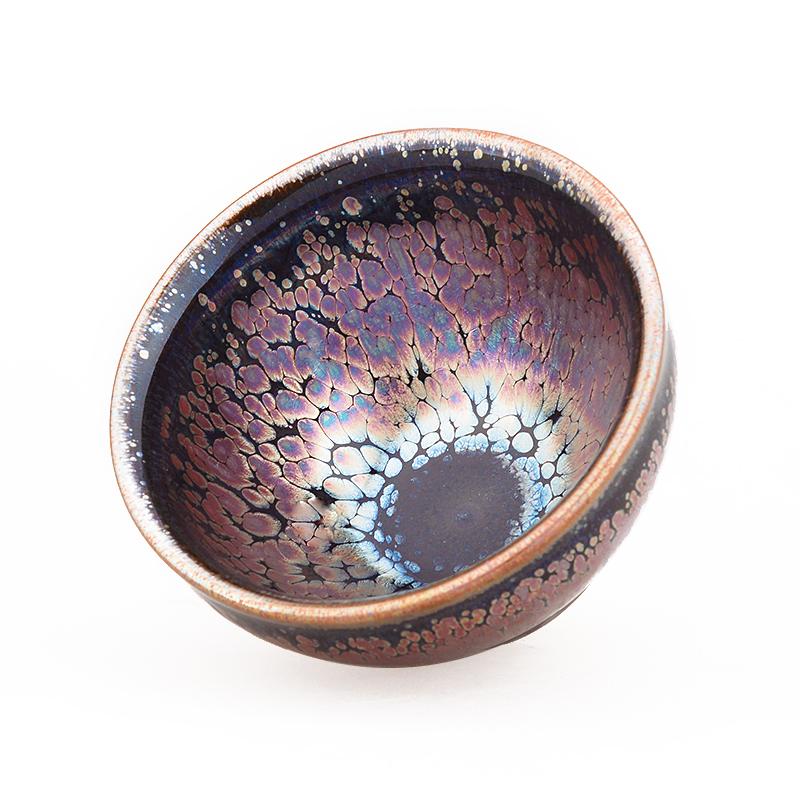
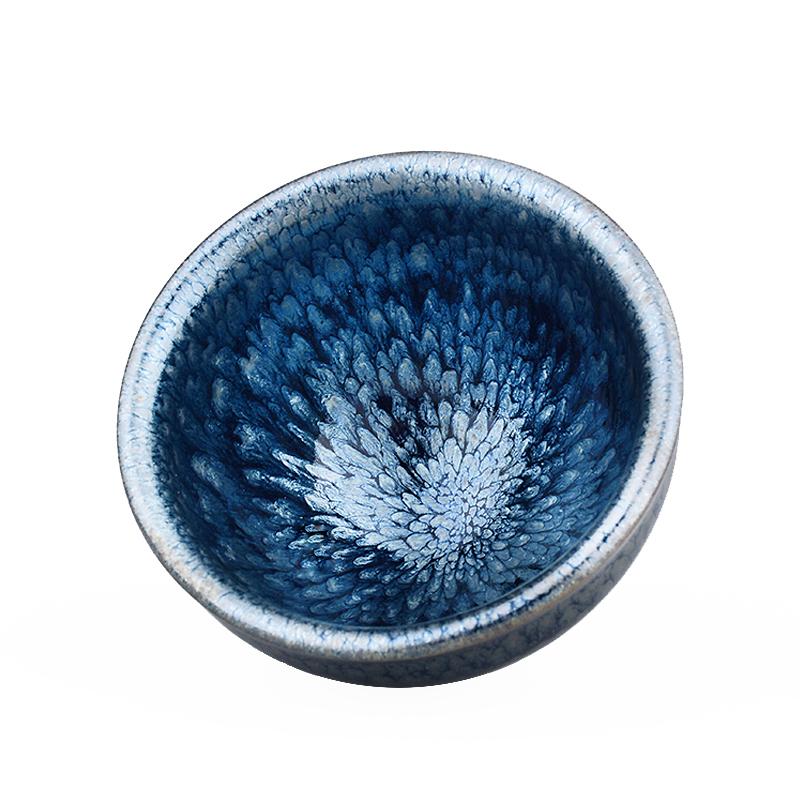
Share:
Experiencing these three stages is what makes one an expert
Solitary Tea Sutra: Mountain Moonlight Brewing in a Single Cup